Propagation of pelargonium by cuttings: the main principles of successful rooting
A plant from the geranium family, which has become an integral part of everyday life, does not look very attractive by the end of winter. Cutting allows you to refresh the old bush and obtain planting material for the cultivation of young flowers.
Content:
- Pelargonium: general information
- Propagation by cuttings: all the subtleties
- Pelargonium cuttings technology
- Difficulties in caring for young cakes
Pelargonium: general information
The culture is native to India and South Africa. In the late 16th and early 17th centuries, the plant came to England: sailors brought it to the botanists of the Royal Gardens. Europe got acquainted with pelargoniums in the late 17th and early 18th centuries.
British scientist George Tradescan took up breeding this flower... He called each new variety an angel. The result of hard work is variegated plants, dwarf species, pelargoniums with two-colored and double flowers.
Biologists now know about 280 types of culture. These are annual and perennial herbaceous plants, shrubs and shrubs.
Pelargoniums managed to win the worldwide love of both professional gardeners and simply lovers of indoor plants. They are undemanding to care, reproduce easily, throw out large, colorful inflorescences. The flower is used for interior decoration, as an ampelous plant, it is used to decorate balconies and garden plots.
This plant is often referred to as the flowering geranium. In everyday life it is called "kalachik". The very name of the genus comes from the Greek word "crane": the long seed pod resembled the beak of this bird too much.
The species most often found on window sills is zonal pelargonium:
- Pubescent leaves with a strong odor are attached to thick stems (height from 30 to 80 cm). They are decorated with dark concentric circles.
- Thanks to this pattern, the plant received another name - bordered pelargonium. Bright umbrella inflorescences consist of simple or double flowers. Their shades are white, pink, raspberry, orange, red or cherry.
- The plant is cultivated by dividing the bush, seeds or cuttings. If you need to get blooming geraniums as soon as possible, it is worth stopping at the latter method. With this method, the new perennial will retain all the qualities of the parent variety.
Pelargonium - ancient houseplant, recognized for its unpretentiousness and beauty.
Propagation by cuttings: all the subtleties
In principle, planting material can be harvested all year round, but in the spring the roots will appear faster. The reason is the beginning of active sap flow. Zonal and ivy pelargoniums will need 2 weeks for this, royal - up to 4 weeks, fragrant - up to 6 weeks. When grafting in winter or autumn, the appearance of roots will have to wait twice as long. If life processes in the tissues of an adult plant are suspended, then they may not appear at all.
Young pelargoniums grown in the cold season will begin to stretch upward in natural light. During the winter months, they will lose their original compactness. In the spring, the plants will have to be trimmed without pity.
The most favorable period for flower reproduction is spring and summer.
You should not worry especially about the maternal perennial: the branches should be cut almost at the root, leaving 1-2 cm of the stem. Sleeping buds on this piece will bloom in the summer, returning the pelargonium to its former splendor. The kalachik will "throw" all its strength on the development of new, actively flowering branches.
Secrets in grafting:
- The most easily rooted and the fastest growing thick apical cuttings... The shoot is suitable for propagation if it has at least 2 pairs of leaves. Only in this case he will have enough strength to settle down.
- All buds, flower arrows are cut off without exception. As much as it would be a pity for them, it is simply necessary to do it. Otherwise, pelargonium will "get carried away" by flowering and "forget" to take root.
- Cuttings are harvested only with a clean tool. The knife is wiped with alcohol before cutting from each new geranium: the chances of transferring possible diseases from the affected plant to a healthy one are reduced.
- Sliced shoots will take root well in specially prepared soil... This is a soil with the addition of sand and vermiculite.
- For successful cuttings, it is important to choose the optimal time and suitable shoots.
Pelargonium cuttings technology
Reproduction of a kalachik is a simple matter. Sequencing:
- Prepare cuttings 5-7 cm long. The lower cut (oblique) is immediately below the kidney, the upper (straight) cut is above the kidney.
- Leave the raw material for 2-3 hours in a place where there is no direct sunlight. The tips of the cutting will dry out and be taken with a film.
- Sprinkle the cut with crushed charcoal or Kornevin powder to prevent rotting.
- Prepare plastic cups by making drain holes.
- Fill containers with soil.
- Moisten the substrate. Treatment with boiling water and a concentrated solution of potassium permanganate is recommended to destroy parasites.
- Into the cold ground stick the handle 2-2.5 cm.
- Glasses with shoots are stored at temperatures from 20 to 220 C. Pelargonium cuttings do not require additional shelter. It will be needed if the leaves have turned yellow or grafted.
- Such flowers are hidden under a jar or a larger transparent glass for several days. Noticing an improvement in the condition of the plants, the "greenhouse" is removed.
After the first abundant watering, the cuttings are "watered" with care. The plant has no roots yet, so it does not need a lot of liquid. Severe waterlogging will lead to decay of young pelargoniums. You do not need to spray the shoots. The roots will tell about the success of cuttings, which will appear through the transparent walls of the glass. The surviving plant will actively grow and form new leaves.
The flower is transplanted into a pot if there are underground shoots along the entire perimeter of the container.
Some connoisseurs of pelargoniums buy special peat tablets for reproduction. They will increase in volume if you soak them for 1-2 minutes in warm water.
In the center of the tablet there is a recess where the planting material is inserted. The structure is placed inside a disposable glass and the roots are allowed to emerge from the drainage hole. The technology of grafting pelargonium consists in the correct harvesting of raw materials and providing conditions for its rooting.
Difficulties in caring for young cakes
The surviving plant will "signal" by its appearance about violations in the conditions of detention. Pelargoniums also get in trouble pests and diseases indoor flowers.
Problems and solutions:
- The lower leaves turned yellow. With a lack of moisture, only their edges dry out. If pelargonium is poured, the whole leaf will wither.
- The edges of the leaves turned red. The plant is cold. In winter, the pot with the ball must be moved away from the window.
- The base of the stem has darkened. Geranium is affected by a black leg. The flower will have to be destroyed. The cause of the disease is waterlogged, dense soil.
- The stems are bare. Little light.
- The leaves are covered with gray mold. It is a fungal disease caused by excess moisture. Rescue measures - removal of affected parts, fungicide treatment.
- Pelargonium, which looks healthy, does not bloom for a long time. Inflorescences do not form due to too warm air in winter.
- Yellowing spots appeared on the leaves. Such a roll is stricken with rust.
Knowing how to care for rooted pelargonium cuttings will help keep them healthy and blooming.
Periodic trimming of the ball allows update old plant and at the same time receive raw materials for growing young bushes. The reward for the work is cute, brightly blooming pelargoniums on the windowsill.
More information can be found in the video.



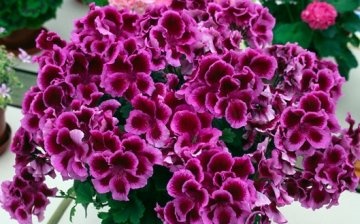
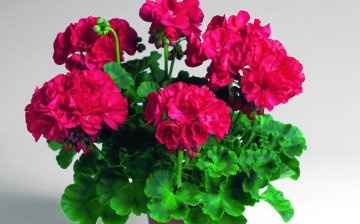
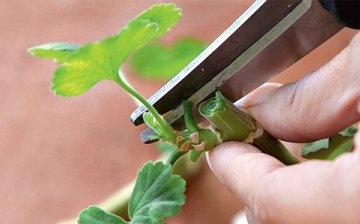
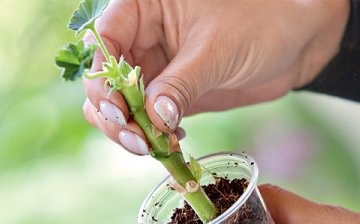
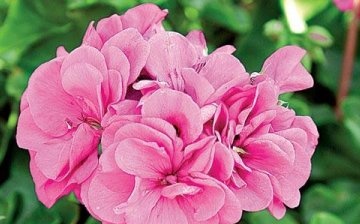






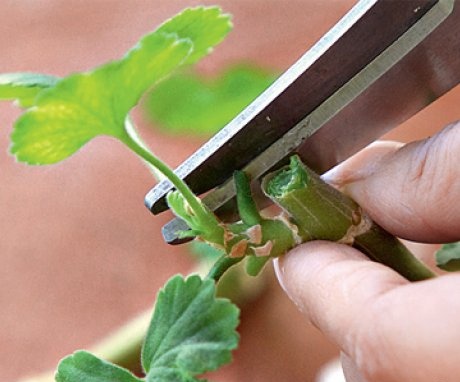

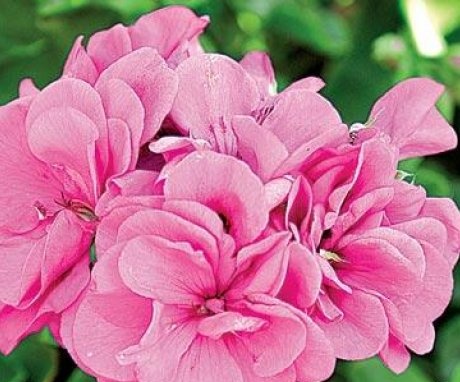
Many people mistakenly believe that pelargonium and geranium are one and the same, in fact, they are different plant species, albeit related, belonging to the same family. Pelargonium cuttings root well in water.